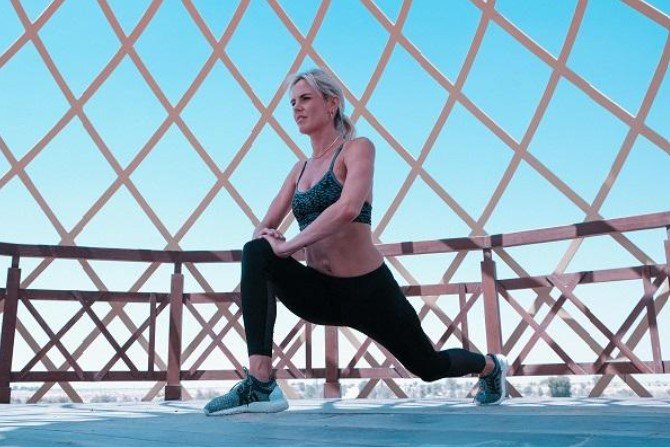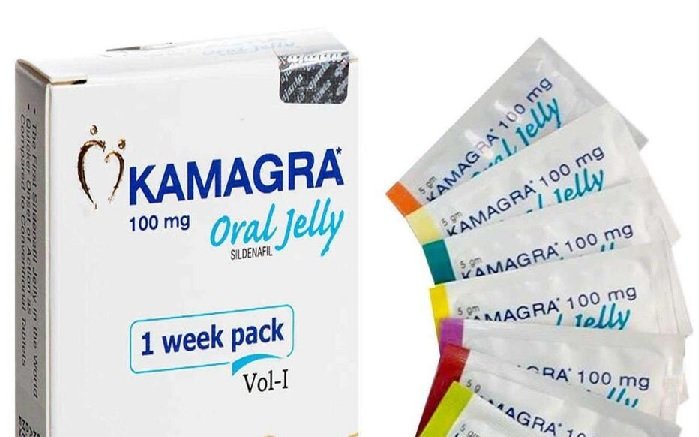Pectineus Muscle Pain – What it is & How to Treat it

The pectineus muscle is a short, flat, rectangular muscle in the upper part of the hip. It is part of the hip or thigh adductors, along with four other muscles – the gracilis, adductor longus, adductor brevis and adductor magnus.
This muscle group aids in balance and alignment, and the pectineus allows the adduction (movement of the leg inward) and rotation of the thigh.
Symptoms & Causes Pectineus Pain
Intense pain in the groin area is a common symptom of an injury to the pectineus muscle. The pain increases when the leg is moved in adduction.
Injury to the pectineus can be a result of certain movements:
- Rapid Movements: Activities like kicking or sprinting may cause injury.
- Sudden Direction Changes: Quick shifts in movement can strain the muscle.
- Prolonged Leg Crossing: Keeping legs crossed for long periods can lead to discomfort.
- Overstriding: Taking excessively long strides while running or power walking can contribute to pain.
- Overstretching: Excessive stretching to the side can stress the muscle.
- Post-Fatigue Exercise: Exercising after the muscle is already fatigued increases the risk of strain.
Physiotherapy Treatment of Pectineus Pain
Consulting a physiotherapist is usually the best course of action for a pectineus strain injury. The experienced and qualified team at Melbourne Sports Physiotherapy treat both acute and chronic hip and groin injuries and will build you a tailored rehabilitation plan.
During the initial phase of recovery, the emphasis will be on restoring you to a full range of motion, strengthening the muscles in the affected area and improving endurance and coordination.
If necessary, it may be recommended that you use crutches to take the pressure of the leg. Cold therapy can be helpful as it reduces the blood flow to the area which can reduce inflammation and swelling. If necessary, take anti-inflammatory medications to assist.
Your physio may give you some simple exercises straight away but only if your current pain level will allow. Begin with simple movements that do not exacerbate the pain.
After the initial phase applying heat can be beneficial as muscle training is commenced, to improve circulation and blood flow to the injury site. All exercises must be performed in a pain free range.
Exercises for Pectineus Injuries
Your physio will guide you through movements and exercises to both recover and prevent further injury. Warm up and cool down activities will help increase range of motion and relieve tightness, while strengthening exercises will support the injured area.
Dynamic Warmup Exercises
Supine Bicycle Kicks: Lying on the ground bring your legs up, bending your knees. Bring your left knee towards your chest and extend it while simultaneously bringing your right knee towards your chest. Continue as if pedalling for 30-60 seconds, rest for 30 seconds and repeat.
Interval Sprints in Place: Running quickly on the spot, drive your knees up high into your chest while pumping your arms up and down. Engage in 20 seconds of high knees followed by a reduced speed for 10 seconds then accelerate for 15 seconds. Rest and then repeat the process.
Strengthening Exercises
Supine Leg Lift: Lie on your back with your hands under your hips and lower back for support. With legs close together and extended, raise them a few centimetres of the mat and hold the lift for 30-60 seconds.
Supersetted Planks: Lie down, placing your feet on a chair and rest your arms on the floor. Keep you back straight, tighten your abs and hold for 30 seconds. Immediately turn to the right and rest on your right forearm, raising your hips, with your feet remaining on the chair. Extend your arm overhead and hold for 30 seconds. Repeat on your other side.
Finish by going into a supine plank with your feet on the chair and your hips raised while resting on your forearms. Hold for 30 seconds. Rest and repeat each movement.
Side Lunges with Resistance Band: While standing place a resistance band above your knees and lunge to the side 10 times, then 10 times on the other side. Rest and repeat the 10 reps on each side.
Cool Down Stretches
Seated Groin Stretch: While seated on the floor, bend knees and put your feet together. Slowly lower both legs to the mat.
Kneeling Lunge: Lunge forward with your right leg from a kneeling position, extend your left arm overhead and bring it slightly across your body to the right. Feel the stretching in your groin and upper body. Then switch sides and repeat the movement.
Massage is also recommended as a beneficial recovery strategy for pectineus pain. Sit on a chair and gently massage the affected muscle with a thumb or finger for 30 seconds to relieve any tightness.
For effective recovery and to minimise the risk of recurrence, it’s important to see a physiotherapist. You can schedule an appointment with Melbourne Sports Physiotherapy’s St Kilda, Blackburn, Malvern East or Essendon clinic or book online. They are dedicated to having you moving pain free as soon as possible.










